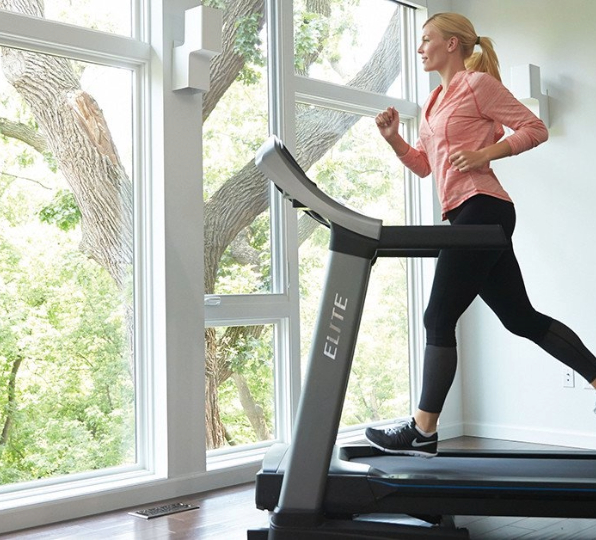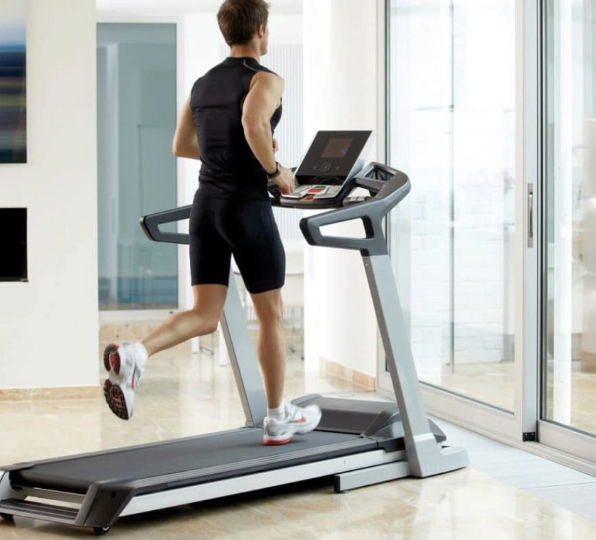Introduction:
Walking backwards on a treadmill may seem unconventional, but it’s a fitness trend gaining traction for its unique benefits. While walking forwards is the norm, incorporating backward walking into your routine can offer various advantages for cardiovascular health, lower body strength, balance, and coordination. In this blog post, we’ll delve into why you might benefit from walking backwards on a treadmill and provide tips on how to do it safely and effectively.
1. The Benefits of Walking Backwards
- Enhanced Balance and Coordination: Walking backwards challenges your balance and coordination as you engage different muscles and neural pathways, improving proprioception and spatial awareness.
- Increased Lower Body Strength: Walking in reverse targets muscles differently than forward walking, particularly the quadriceps, hamstrings, and glutes, leading to greater lower body strength and muscle activation.
- Reduced Joint Impact: Walking backwards can be gentler on the joints compared to forward walking or running, making it a suitable option for individuals with joint pain or mobility issues.
- Improved Cardiovascular Fitness: Walking backwards at a brisk pace elevates heart rate and boosts cardiovascular endurance, providing a beneficial aerobic workout.
- Engagement of Neglected Muscles: Backward walking targets muscles that are often neglected in forward walking, promoting muscle balance and reducing the risk of muscular imbalances and injuries.
2. How to Safely Walk Backwards on a Treadmill
- Start Slowly: Begin with a slow pace and low incline to familiarize yourself with the movement and build confidence.
- Use Handrails for Support: Hold onto the handrails lightly for stability, especially when starting or stopping, until you feel comfortable walking without support.
- Maintain Proper Posture: Stand tall with your shoulders back, engaging your core muscles to support your spine and maintain balance.
- Focus on the Feet: Keep your gaze downwards to monitor your foot placement and avoid tripping or stumbling over the treadmill belt.
- Increase Intensity Gradually: As you become more proficient, gradually increase the speed and incline to challenge yourself and continue progressing.
- Stay Mindful: Pay attention to your surroundings and be aware of other gym-goers to prevent collisions or accidents.
3.Incorporating Backward Walking Into Your Routine
- Warm-Up and Cool Down: Start and end your workout with a few minutes of forward walking or dynamic stretches to prepare your muscles and prevent injury.
- Alternate Directions: Mix backward walking intervals with forward walking or other cardio exercises to keep your workouts varied and engaging.
- Listen to Your Body: If you experience discomfort or pain, stop immediately and consult a fitness professional or healthcare provider.
4.Safety Precautions and Considerations
- Consult Your Doctor: If you have any pre-existing medical conditions or concerns, consult your healthcare provider before starting a new exercise regimen.
- Choose the Right Equipment: Use a treadmill with a wide, non-slip belt and safety features such as an emergency stop button and handrails for added security.
- Wear Proper Footwear: Opt for supportive, well-fitting athletic shoes with good traction to minimize the risk of slips or falls.


Conclusion:
Walking backwards on a treadmill offers a myriad of benefits for balance, strength, cardiovascular fitness, and overall well-being. By incorporating this unique exercise into your routine and following safety guidelines, you can enjoy a fun and effective workout that challenges your body in new ways. Whether you’re a fitness enthusiast looking to spice up your routine or someone seeking a low-impact workout option, backward walking on a treadmill can be a valuable addition to your fitness arsenal.












